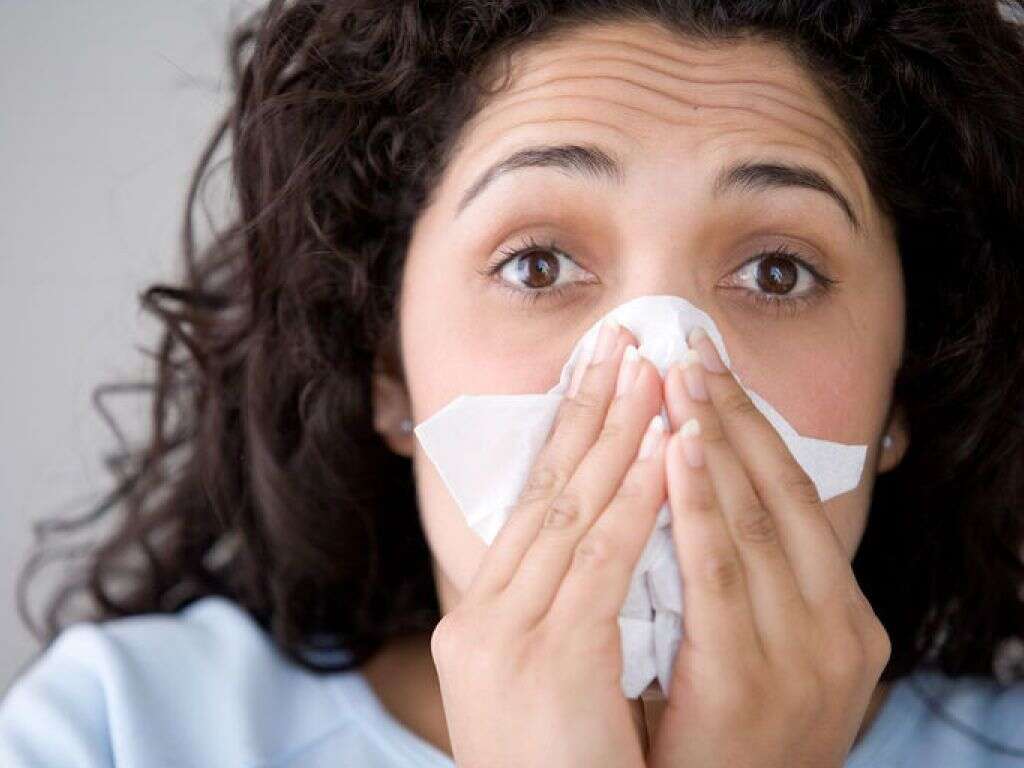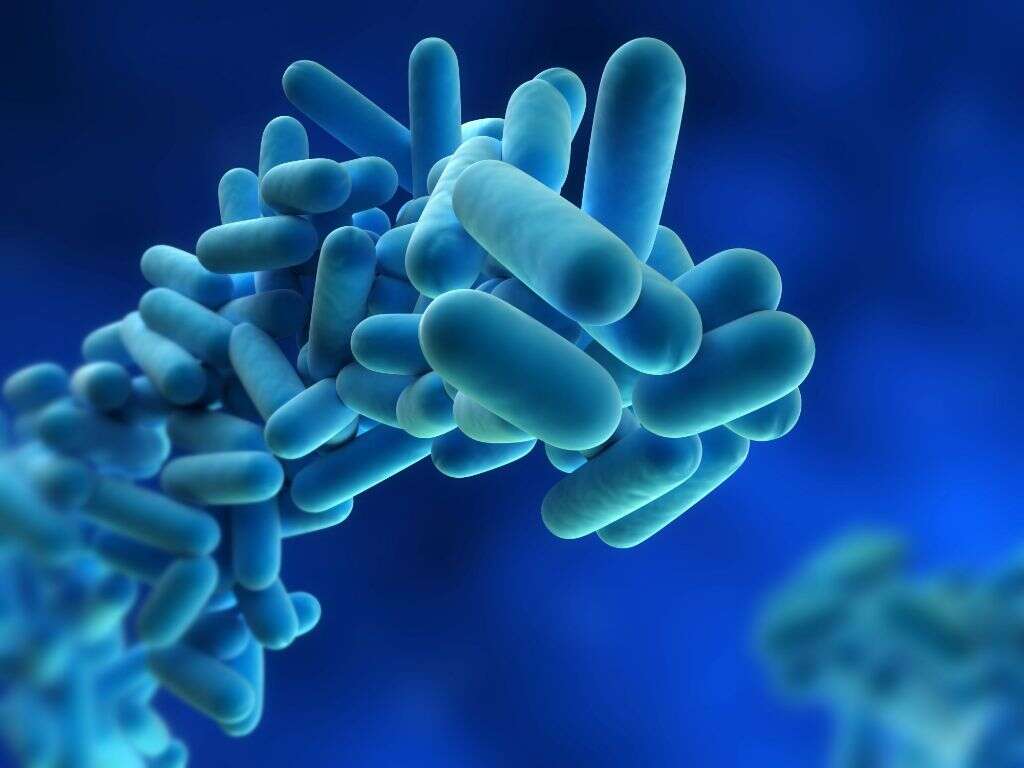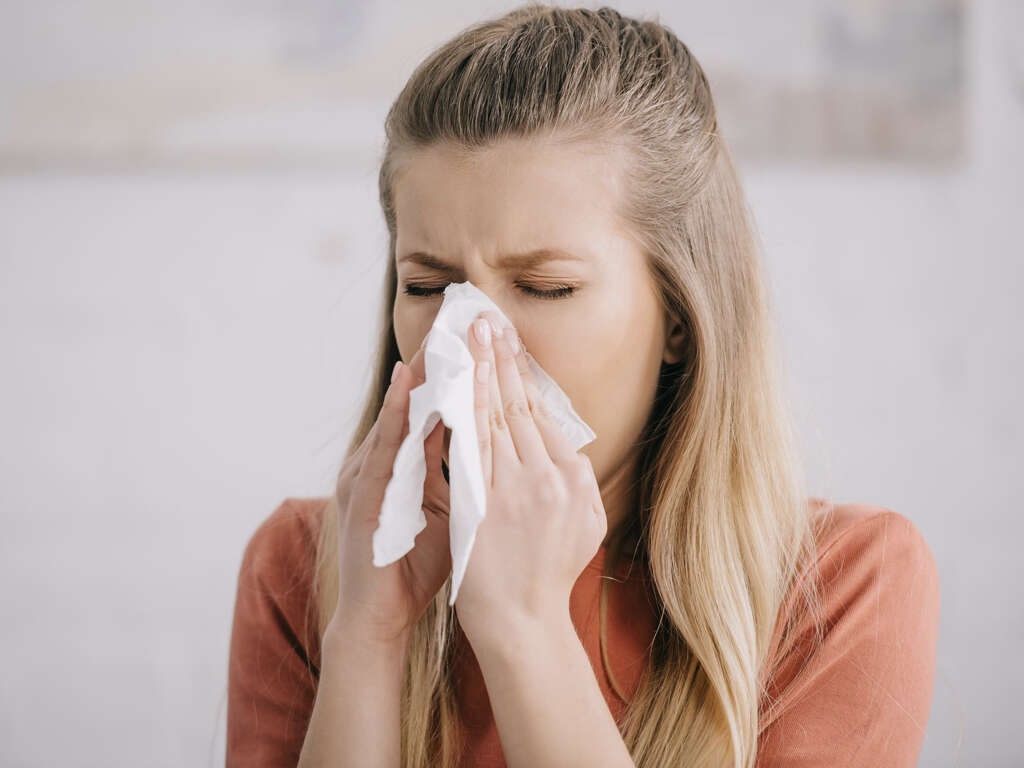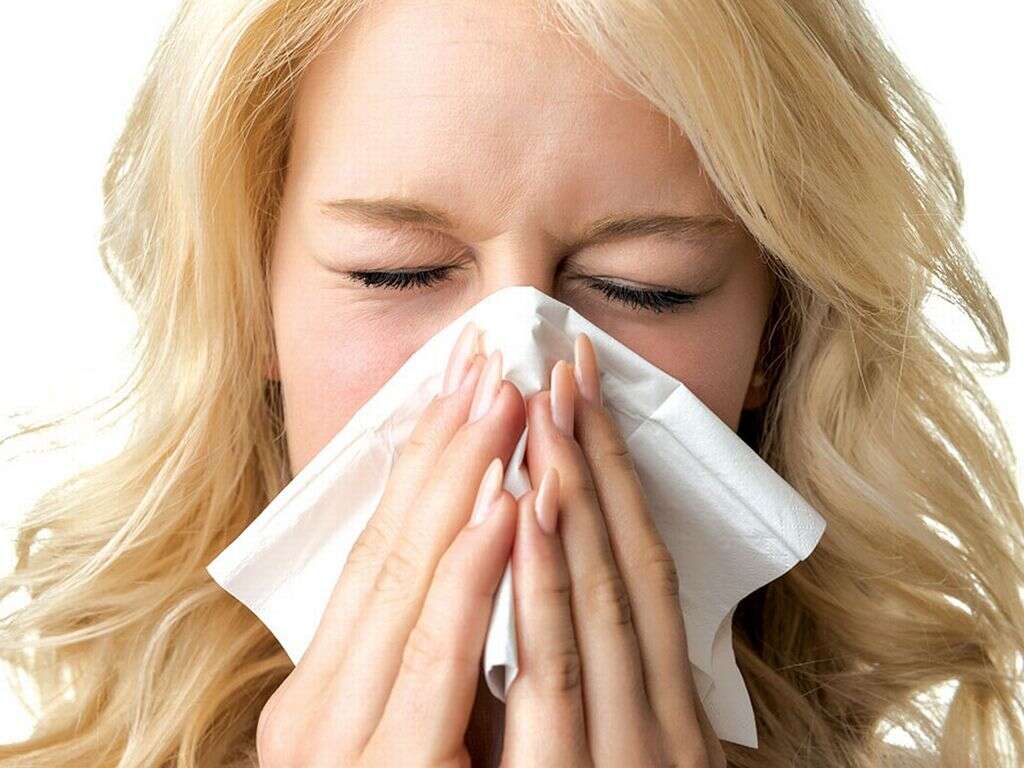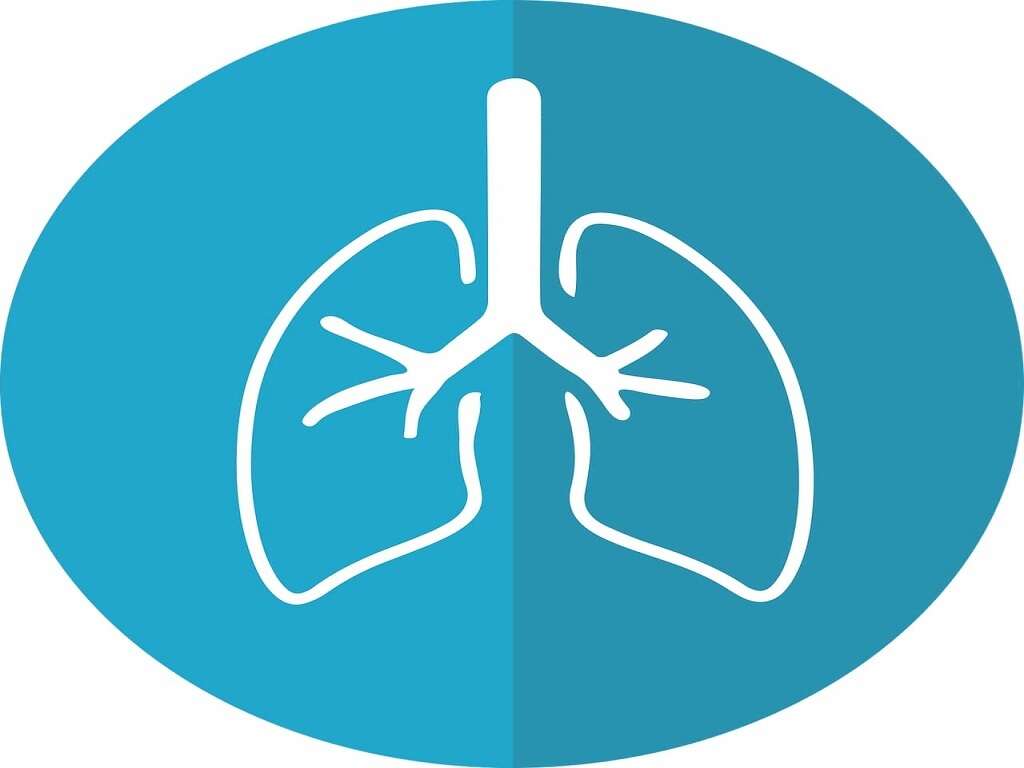10 Pneumonia Causes
As animals that take our oxygen from the air, we are reliant on our lungs for the oxygen that we need. As the lungs inflate and deflate, so they suck in fresh air and expel carbon dioxide. The oxygen in the air we breathe in can then be absorbed into the blood stream through the thin walls of tiny blood vessels.
Being able to absorb oxygen is dependent on the health of the interior walls of the lungs. If they were to become inflamed then they would become less able to absorb oxygen from the air. This can occur if the lungs become infected in a condition known as pneumonia. It can be very dangerous, and there are numerous potential causes.

1. Pneumonia
Pneumonia is the technical medical term for an infection of the lungs. The infection can cause the lining of the lungs to become inflamed, and tiny air sacs to become filled with fluids. This can result in some very unpleasant symptoms, which can also be very dangerous.
Pneumonia is likely to cause a fever and chills. It is also likely to cause coughing as the patient coughs up fluid that accumulates in the lungs. Worst of all is that the condition can make it very difficult for the patient to breathe. There are various potential underlying causes for the condition.
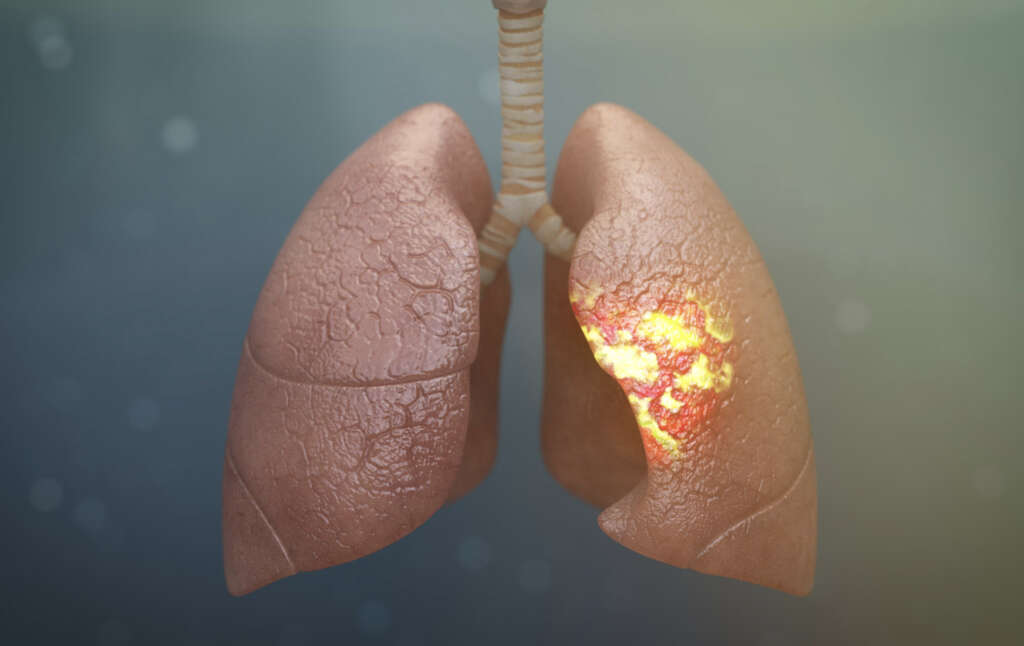
2. Aspiration Pneumonia
Most of us have had times when our food has gone down ‘the wrong hole’. It causes us to cough heavily in order to eject the food from the windpipe, preventing it from reaching the lungs. If food particles were able to reach the lungs, it can cause us significant problems.
Food is likely to contain a lot of bacteria, and maybe also other pathogens. If these pathogens get into the lungs then they may be able to cause an infection, which is known aspiration pneumonia. The condition tends to happen in people that have some difficulty with their swallowing and chewing functions.

3. Health Care-Acquired Pneumonia
Many people will spend a lot of their lives living in healthcare environments. This will often be older people who are no longer independent, and it can also be people with chronic diseases. While such environments are usually very hygienic, they can also be places where pathogens spread quickly.
When pneumonia is contracted in such environments, it is known as health-care pneumonia. It tends to happen in older people on account of them being more likely to be staying in health care. Pneumonia that is contracted in such environments also tends to be a bacterium that is more resistant to antibiotics and other medication.

4. Hospital-Acquired Pneumonia
Modern hospitals are usually very clean places, which helps to prevent the spread of pathogens. However, hospitals are also places where a lot of sick people will be, meaning there are a lot of pathogens present. These include those that can cause pneumonia, and pneumonia contracted in a hospital is known as hospital-acquired pneumonia.
This is significant because patients in a hospital are going to be sick already, and they may be on antibiotics. This means that those pathogens that can cause pneumonia in hospitals are likely to be resistant to bacteria. This can make it a lot harder to treat the condition.
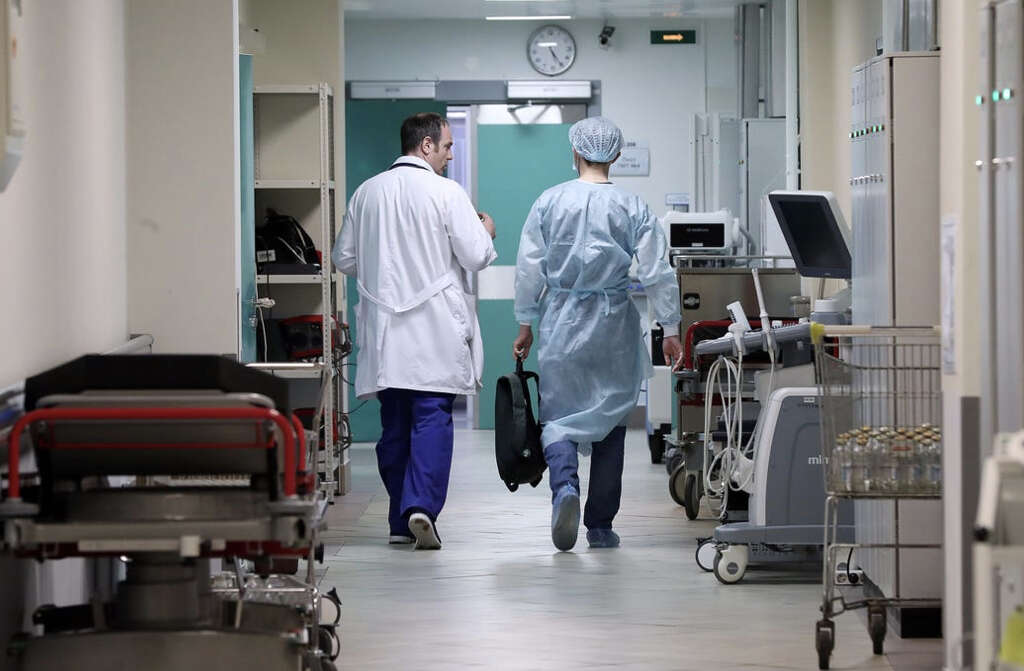
5. Community-Acquired Pneumonia
The majority of cases of pneumonia are contracted outside of medical environments, in what is known as community-acquired pneumonia. These cases are less likely to be caused by bacteria that are resistant to antibiotics, and this can make them relatively easier to treat.
There are numerous reasons why this might develop, and it is more likely to develop in people that have a weakened immune system. People that live in crowded conditions are also more prone to the disease, as are those that smoke, and drink excessively. Pneumonia is one of the leading causes of deaths worldwide, and there are numerous pathogens that can cause such infections.

6. Fungi
Part of the fungal reproductive cycle is for them to release microscopic pores into the atmosphere. These spores can then be inhaled by people, and the fungi can then begin to grow in the lungs. If an infection arises, it is known as fungal pneumonia.
We are usually very resistant to fungal infections in the lungs. People that do develop such an infection are likely to have been exposed to a higher than usual volume of fungal spores. Alternatively, they may have a weakened immune system. Fungal pneumonia is usually caused by spores that are found in bird droppings or in soil.
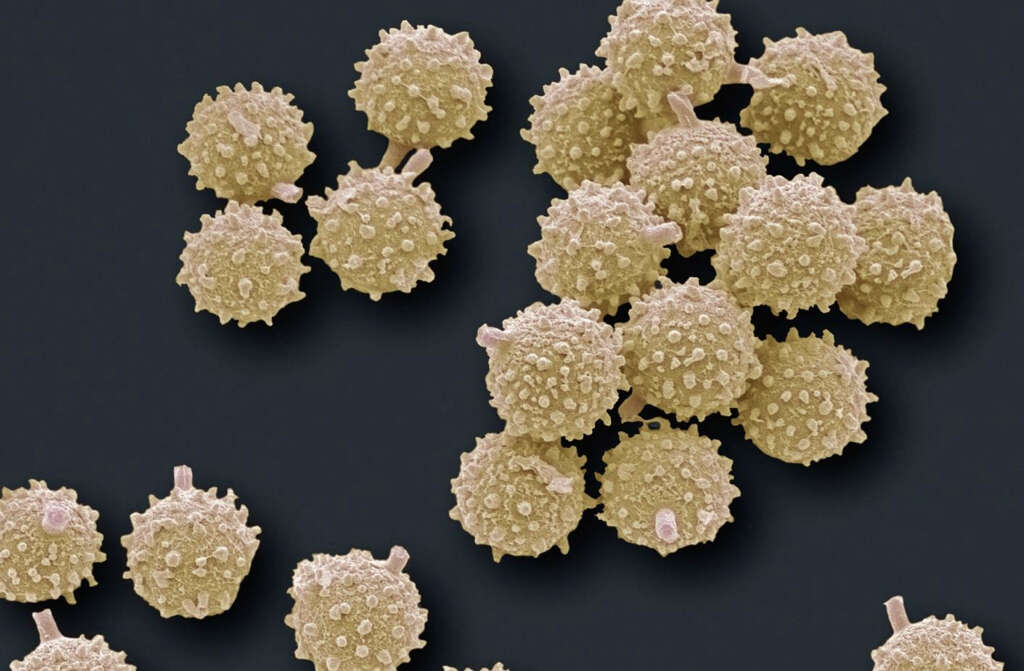
7. Mycoplasma Pneumoniae
This type of pneumonia is caused by a type of mycoplasma, which are tiny organisms that are considered to be a variety of very small bacteria. It affects humans only and causes a type of atypical bacterial pneumonia. It is a fairly common cause of pneumonia and it can sometimes cause epidemics.
It can also cause other diseases such as sore throats, ear infections, and chest colds. When the pathogen does cause pneumonia, the symptoms are usually only mild. The condition also has the name ‘walking pneumonia’ because it isn’t usually necessary for the patient to rest. The structure of this bacterium makes it resistant to most antibiotics.
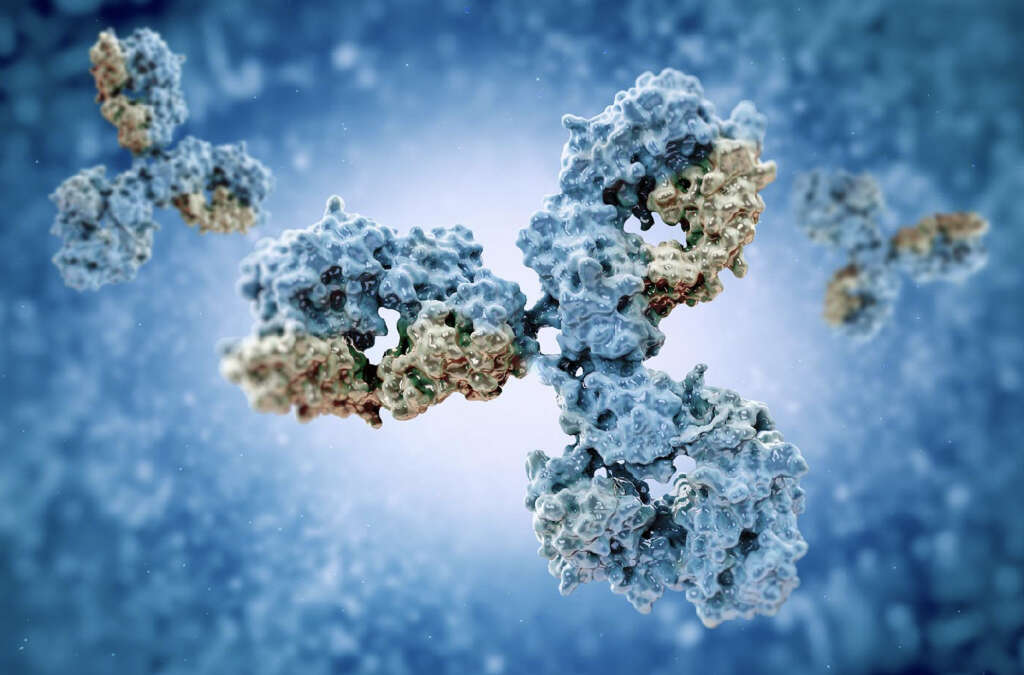
8. Viruses
Viruses are another potential cause of pneumonia, and are one of the most common causes of pneumonia in young children. The symptoms of viral pneumonia are usually relatively mild and not dangerous. It can be very dangerous in some cases, however. The influenza virus will be the underlying cause of viral pneumonia in many cases.
One of the better known viruses that cause pneumonia in current times is the coronavirus. The coronavirus has resulted in a global pandemic that has caused lockdowns and devastated economies worldwide. One of the reasons the virus is so dangerous is that it is very contagious.
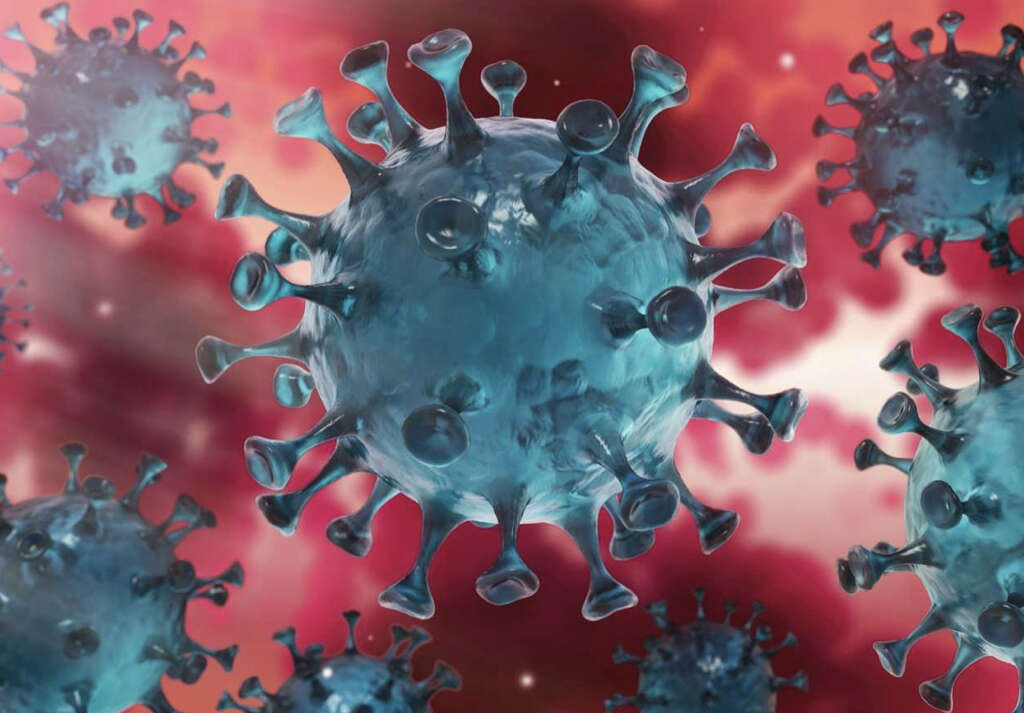
9. Bacteria
Bacteria other than mycoplasma can also cause pneumonia, and the most common culprit in many parts of the world is streptococcus pneumoniae. This type of bacterium is the most common cause of community-acquired pneumonia. It will often be found in the respiratory tract but it will not usually cause any harm.
The condition will often occur after the patient has had even mild disease like the cold or the flu, but it can also appear with no connection to any other disease. The bacterium will sometimes cause lobar pneumonia, which is an infection of a particular part of the lungs.
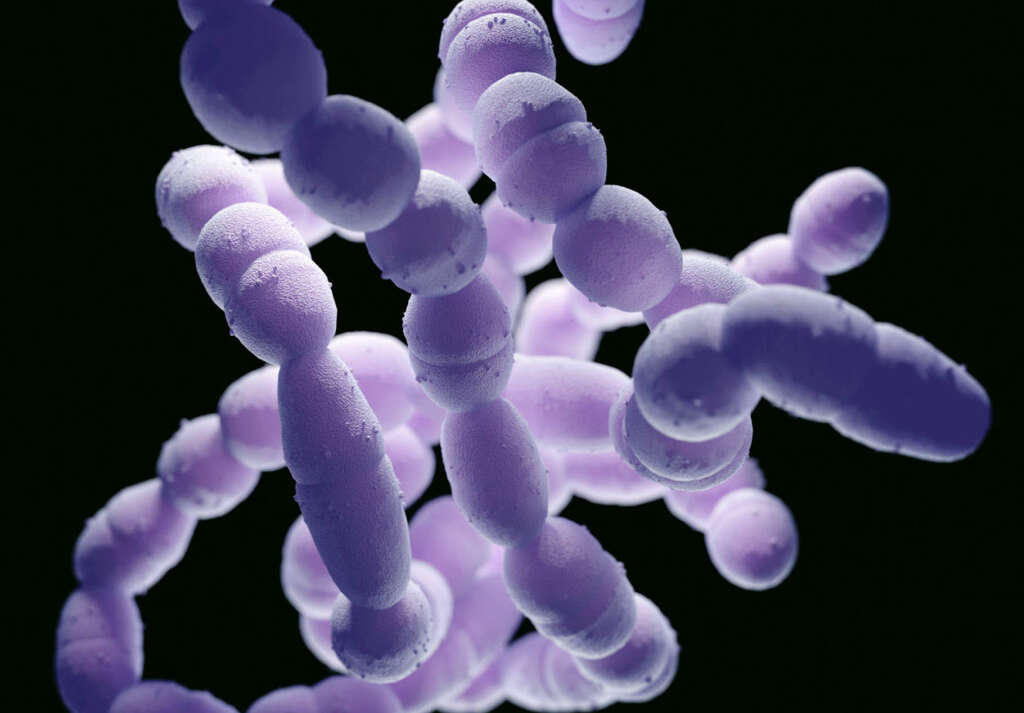
10. Treatment
Although pneumonia is a very serious problem, it can still be treated in most cases. The treatment will depend largely on which pathogen is causing the disease, and the severity of the condition. The patient will also likely be given medication for symptoms of pneumonia such as a cough and fever.
In more serious cases, if the patient is really struggling to breathe, an oxygen mask may be necessary to help them get the oxygen they need. In the more severe cases, it may even be necessary to put the patient on a ventilator. Pneumonia can be fatal, so it should always be taken very seriously regardless of how healthy the patient might otherwise be.





